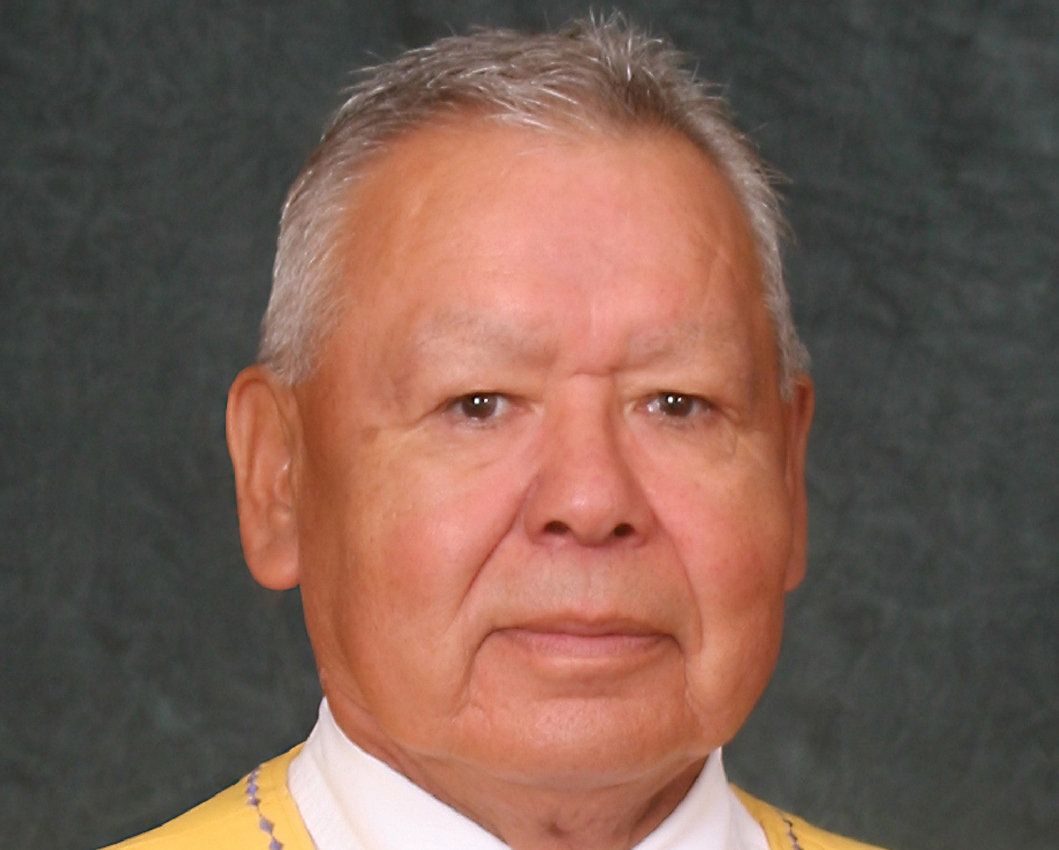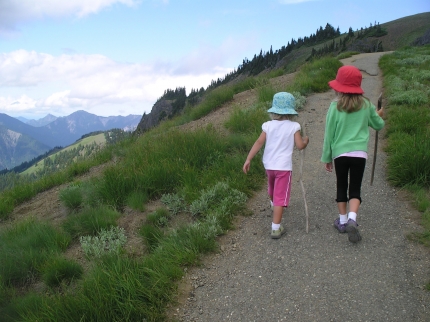Related Rural Blog Posts
White House Rural Council: Rural Stakeholders Meeting
Posted by on May 11, 2012 at 11:33 AM EDTOn Tuesday, May 1st, the White House Rural Council, along with Health and Human Services Secretary Kathleen Sebelius and Agriculture Secretary Tom Vilsack, hosted a group of 24 rural health care providers and experts to discuss issues around access to care and improving health outcomes in rural communities.
Rural physicians, nurses, mental hospital administrators, and rural health associations from across the country gathered to discuss a range of rural health issues--from the need to expand broadband to support telehealth services in California, to ways to improve health outcomes by focusing on nutrition and healthy living choices in Ohio.
During the meeting, Secretary Sebelius, announced $10.4 million in funding for 70 Rural Health Outreach Grants. These grants will address the needs of a wide range of population groups; including low-income families and individuals, the elderly, pregnant women, children, minorities and individuals with special health care needs.
Both Sebelius and Vilsack remarked that in their experience as Governors, they learned firsthand how important health care is for a vibrant rural community. They both agree that without access to quality, affordable, health care rural communities cannot compete for growth and economic development.
A recent RAND study that shows that 5.5 million rural Americans will now have access to health coverage because of the passage of the Affordable Care Act. In addition, 394,000 young adults in rural areas have gained coverage thanks to being able to stay on their parent’s insurance plan. Click here for more information on how this law is making a difference in the lives of millions of people like you.
Health care has long been a key focus area for the White House Rural Council. In August, the Administration announced a number of policy initiatives including expanding the National Health Service Corps to Critical Access Hospitals and improving access to capital for helping hospitals and clinics leverage emerging health information technology such as electronic health records. This session served as an excellent forum to discuss important opportunities and challenges and to initiative further solutions that can help rural Americans receive the best health care possible. Stay tuned for more updates on Rural Council events and announcements.
Celebrating National Parks Week
Posted by on April 22, 2012 at 9:00 AM EDTIT’S NATIONAL PARK WEEK!
Did you know that there are nearly 400 national parks across our country? That’s right! And this week we celebrate all of them. From the Grand Canyon to Gettysburg, the Virgin Islands to Hawaii Volcanoes – each of our parks is a place to explore, learn and be active. And this week, they are all free!
Now before you head out the door, you may ask, what can I do to make this trip special? Let me give you an idea --- bring a young person with you. Introduce them to a world that will fascinate them for a lifetime. Invite them to explore, get outdoors and get active in the most awe-inspiring places this nation has to offer.
You see, our national parks belong to every one of us. As Americans we own 84 million acres of breathtaking landscapes, historical sites and cultural treasures – and all that is asked in return is that we support and enjoy these places, passing them on unimpaired, so the next generation may enjoy them too.
It is this guiding principle that drives us at the National Park Foundation to provide our young people, from all races, ethnicities and backgrounds, the opportunity to experience America’s treasured places.
That is why we are bringing more than 30,000 students to national parks just this year alone through our “Ticket to Ride” program. It is why we are working with teachers in all 50 states to embrace national parks as classrooms and centers for active learning. It is why we have provided more than 3.5 million dollars to national parks through educational grants and programs in the last three years.
Learn more about Energy and Environment, RuralPreserving Our Natural Resources for the Future
Posted by on April 13, 2012 at 1:16 PM EDT
Harold "Gus" Frank is being recognized as a Champion of Change for his work demonstrating that corporate environmental leadership makes sense, both for business and for American communities.
The Forest County Potawatomi Community (”FCPC” or the “Tribe”) is guided by a fundamental belief in protecting Mother Earth and ensuring that future generations will have access to clean air, water and land. This philosophy has led FCPC to become an environmentally proactive tribe and take a pragmatic approach to ecological stewardship.
Over the past several years, FCPC has implemented a number of energy efficiency initiatives to significantly lower its energy usage and reduce its carbon emissions. Since 2007, the Tribe has reduced its energy usage per gross square foot by 12 percent and reduced their corresponding carbon emissions by more than 20 percent. These efficiencies have significantly lowered both the Tribe’s energy costs and its environmental footprint. It has eliminated more than 14,400 tons of emitted carbon dioxide per year, equivalent to the annual greenhouse gas emissions from 2,560 passenger vehicles, or the CO2 emissions from the electricity use of 1,630 homes for one year.
Report from USDA: Supporting Cutting-Edge Efforts to Reduce America’s Reliance on Fossil Fuel
Posted by on April 13, 2012 at 9:58 AM EDTSince taking office, President Obama has been committed to an all-of-the-above approach that expands production of American energy resources. Already, there are signs that this strategy is making an impact. Last year, domestic oil production reached the highest level in nearly a decade. Imports of foreign oil fell to the lowest level in 16 years. We’re producing more natural gas than at any time in our history. Since 2008, renewable energy generation from sources like wind, solar, and geothermal has nearly doubled. And the Obama Administration has supported the first nuclear power plant in thirty years.
Strengthening the domestic biofuels industry has been another critical component of this overall strategy. And today, U.S. biofuel production is at its highest level in history. In fact, average monthly production increased more than 40 percent between 2008 and 2011. That means more jobs – especially in rural America – and greater energy security.
At USDA, we continue to support cutting-edge efforts to reduce America’s reliance on fossil fuel. For example, earlier this month, USDA announced approval of a $5 million payment to Western Plains Energy, LLC to support the construction of a biogas anaerobic digester in Oakley, KS. The completed project will utilize waste energy resources from a local cattle feedlot to replace almost 90 percent of the fossil fuels currently used by Western Plains Energy. In Blairstown, Iowa, USDA funding will be used to construct a 55,000 square foot facility that will produce cellulosic ethanol by converting municipal solid waste and other industrial pulps into advanced biofuels, as well as using conventional renewable biofuel derived from seed corn waste. When operational, the facility is expected to produce approximately 3.6 million gallons of cellulosic ethanol per year. Support for renewable energy projects such as these is an example of the many ways USDA is helping revitalize rural economies.
Sustainable Farming for Global and National Food Security
Posted by on April 12, 2012 at 12:14 PM EDT
Chad and Jodi Ray are being recognized as Champions of Change for their work demonstrating that corporate environmental leadership makes sense, both for business and for American communities.
You want children and their parents to value the family farm lifestyle and farmers? We must educate, educate, and educate some more why sustainable farming is so important to our world food supply.
Ray Family Farms of Bunn, NC markets their products directly to the consumer. We produce Animal Welfare Approved beef, pork and eggs. We also grow vegetables and raise poultry. The only family farmer poultry processor in our state is not AWA approved -- that is the only reason our poultry is not. We raise delicious, healthy, and nutritious food from “conception to consumption.” Other than animal welfare, our farm is very committed to educating our customers and community, promoting environmental stewardship, and utilizing wildlife enhanced farmland.
The history of our family’s roots here in Franklin County, NC are as deep as a 200’ pine tree. The history of our farm however is not. It is less than 35 years old. Our parents' generation was really the first to ever accumulate land assets. We come from a long line of “dirt” farmers -- dirt farmers were all the people around here who lived off the land. All of their income and the food they ate came from the patch of land they were working. Most of the time that involved working other peoples' land -- sharecropping. My mother and her family moved 14 times in 16 years while she grew up as a sharecropper. Our parents will leave us our farm that was purchased in our lifetime. That is a very powerful responsibility knowing our ancestors worked hundreds of years to give us the opportunity to make something great out of a farm handed down to us.
White House Rural Council Hosts Native American Food and Agriculture Roundtable Discussion
Posted by on April 6, 2012 at 3:04 PM EDTYesterday, the White House Rural Council hosted a Native American Food and Agriculture Roundtable Discussion, bringing together tribal leaders and experts on Native American agricultural economic development with Administration officials from the White House Domestic Policy Council, National Economic Council, Office of Intergovernmental Affairs, Office of Management and Budget, Council on Environmental Quality, and federal agency partners including the Departments of Agriculture, Interior, Commerce, Treasury, and the Small Business Administration.
The White House Rural Council was established by an Executive Order of President Obama in June 2011. The Rural Council, chaired by Secretary of Agriculture Tom Vilsack, is dedicated to creating jobs and fostering economic development in Rural America. This is an all hands on deck approach - to accomplish this goal of growing the rural economy, the President appointed 14 Cabinet Members to the Council. In August 2011, the Council hosted the White House Native American Business Leaders Roundtable, which provided officials an opportunity to hear from Native American business leaders and policy experts about ways we can work together to improve economic conditions and create jobs in tribal communities.
The Native American Agriculture and Food Roundtable served as a forum for leaders and experts to contribute ideas for fostering community and agricultural economic development with a particular focus on Leasing, Technical Assistance, Strategic Business Planning and Access to Capital, Credit and other Financial Resources. These topics were chosen because of their importance for agricultural economic growth in Rural America and Indian Country. The White House Rural Council convened this roundtable to gather information and ideas to help us identify administrative barriers and explore opportunities to foster food and agricultural opportunities in Indian Country.
- &lsaquo previous
- …
- 8
- 9
- 10
- 11
- 12
- 13
- 14
- 15
- 16
- …
- next &rsaquo
